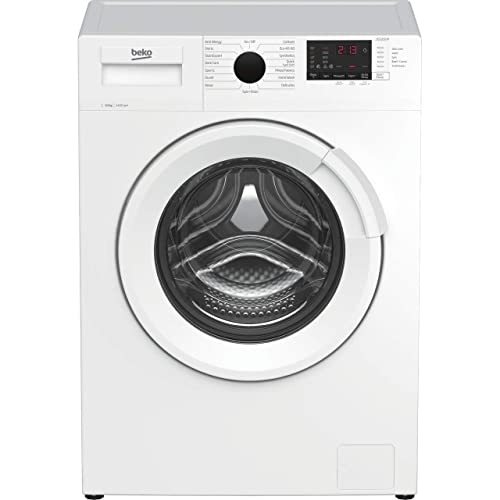4 Dirty Little Tips About 10kg Front Loader Industry 10kg Front Loader…
페이지 정보
작성자Bell 댓글댓글 0건 조회조회 13회 작성일 24-04-29 08:07본문
 Why Buy a 10kg Front Loader?
Why Buy a 10kg Front Loader?The 10kg front loader is ideal for large loads of laundry with plenty of room for big wash cycles and 13 wash programs, including handwash. It's a sophisticated machine with modern features.
Front loaders are generally slower to wash, are not available in larger capacities and frequently be affected by mildew and mould. They are more energy and water efficient than top-loaders.
Energy
The major energy expense of a front loader of 10kg washing machines is electricity to heat water to operating temperature, and also to run the motor. These costs can also be offset by lower energy consumption compared to top-loaders. This includes less power required during the spin cycle and agitation cycle and the use of less water. Certain machines have low-water cycles that consume less water than the cotton cycle. This can save energy and 10kg Front Loader water.
In general, true front-load washers consume less detergent than top-loaders and the tumbling action in the drum is able to entrain air which reduces foamy suds and spills without slowing the cleaning process. The door seals and bellows of top-loaders are more susceptible to wear. In addition, a top-loader's mechanical agitator can cause significant wear and abrasion to clothing fabrics, as it pushes clothes against each other with paddles that are constantly dropping and dragging them through the wash. This abrasion is measured by the amount fabric that is left on the lint screen, as lint is mainly made up of stray fibers detached from clothing while washing and 10Kg Front Loader drying. To minimize this, a lot of top-loaders are designed to run at a slower pace and may also have a "freshening" cycle to periodically clean the bellows and mechanical gears.
Water
Top-load washers need an impeller or agitator in order to force water and detergent through clothing, causing mechanical wear and abrasion. In contrast, front-loaders employ paddles that gently lift and drop clothes into a rotating drum for cleaning, which reduces wear. The amount of lint in dryer lint filters can be used to determine the rate of wear. Lint is mostly made up of stray threads that are removed from clothing when drying and washing.
Front-loading machines are less likely to leak because they require lower levels of water than top-loaders. True front-loaders may require a bellows seal or seal to prevent water from flowing out of the open door during operation, however these systems typically do not require maintenance as regularly as their counterparts on top-loaders.
Additionally, front-loaders are able to operate with cold water or hot and a lot of them without any external heating source, which makes them more energy efficient than top-loaders. This efficiency can reduce operating costs for the same laundry load in areas where energy, water and detergents are expensive.
댓글목록
등록된 댓글이 없습니다.
